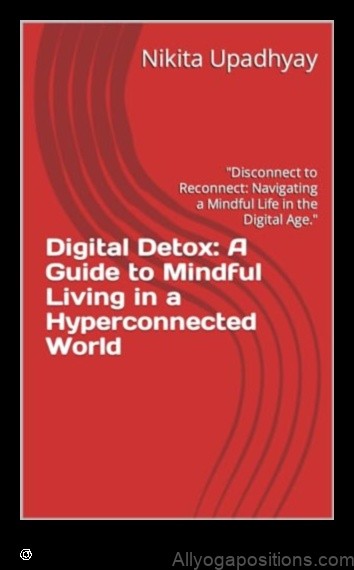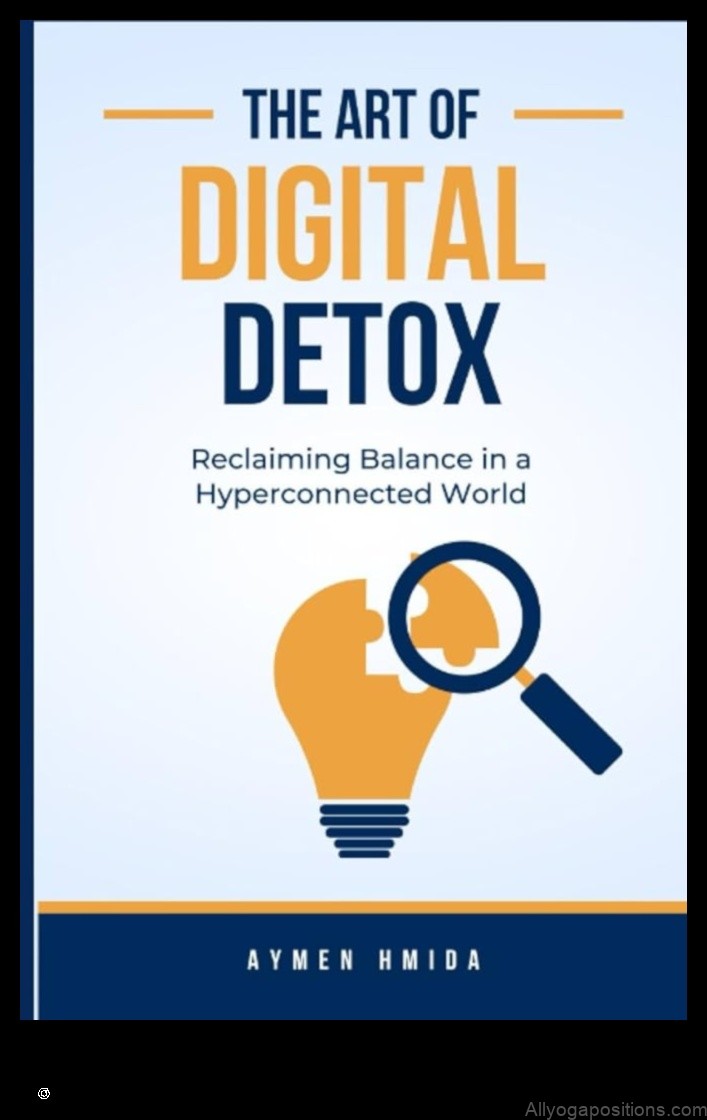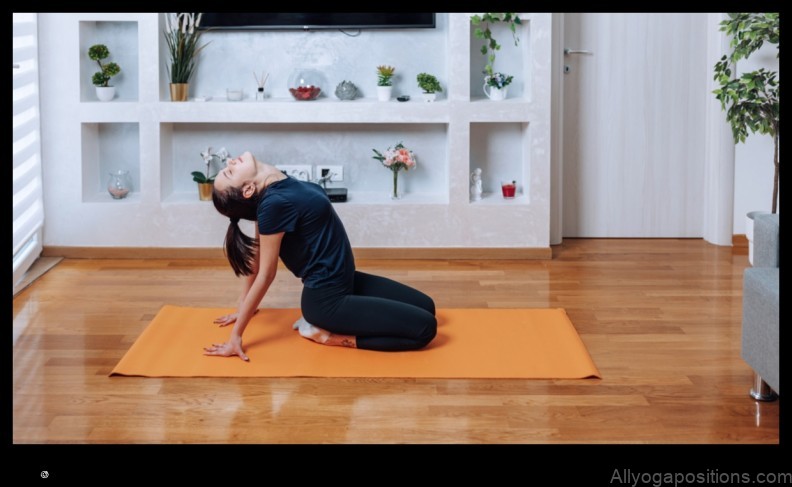
Meditation and Digital Detox: Finding Stillness in a Hyperconnected World
In today’s digital world, it can be difficult to find time for stillness and meditation. We are constantly bombarded with information and stimulation, and it can be hard to escape the noise. However, meditation can be a powerful tool for reducing stress, improving focus, and finding peace of mind.
Digital detox is a term used to describe the practice of taking a break from technology. This can involve anything from turning off your phone for a day to spending a week in a remote cabin without any electronics. Digital detox can help you to reconnect with yourself and the natural world, and it can also be a helpful way to reduce stress and anxiety.
Meditation and digital detox can be used together to create a powerful experience of relaxation and self-care. When you meditate, you are intentionally bringing your attention to the present moment. This can help you to quiet the noise of your mind and to experience a sense of peace and stillness. When you combine meditation with digital detox, you can create a space for yourself to truly relax and rejuvenate.
If you are interested in trying meditation and digital detox, here are a few tips:
- Start by setting aside a specific time each day for meditation. Even just 5 minutes can make a big difference.
- Find a quiet place where you won’t be disturbed.
- Close your eyes and focus on your breath.
- Let your thoughts come and go without judgment.
- When you are finished meditating, take a few deep breaths and slowly open your eyes.
Digital detox can be as simple as turning off your phone for a few hours each day. Or, you could try spending a weekend or week in a remote location without any electronics.
Meditation and digital detox can be a powerful combination for reducing stress, improving focus, and finding peace of mind. If you are looking for a way to connect with yourself and the natural world, give meditation and digital detox a try.
| Feature | Description |
|---|---|
| Digital detox | A period of time when you disconnect from digital devices and activities in order to reduce stress and improve your well-being. |
| Meditation | A practice that involves focusing your attention on a single object or thought in order to achieve a state of relaxation and mindfulness. |
| Mindfulness | A state of awareness in which you are paying attention to the present moment, without judgment. |
| Stress relief | The reduction of stress levels. |
| Relaxation | The state of being free from tension or anxiety. |
| Self-care | The practice of taking care of one’s own physical, mental, and emotional health. |
| Benefits of digital detox | Reduced stress levels, improved sleep quality, increased mindfulness, improved focus and productivity, and a stronger sense of connection to the present moment. |
| How to do a digital detox | Set a goal for your detox, create a plan, prepare for your detox, and set boundaries during your detox. |
| Tips for meditation and mindfulness | Find a quiet place to meditate, choose a comfortable position, focus on your breath, and let go of thoughts as they arise. |
| FAQ | What is the difference between digital detox and mindfulness? What are the benefits of digital detox? How long should a digital detox last? What are some challenges of digital detox? How can I make digital detox a part of my lifestyle? |

II. Meditation
Meditation is a practice that has been used for centuries to promote relaxation, stress relief, and overall well-being. It involves focusing on your breath and clearing your mind of thoughts. There are many different types of meditation, but all of them share the goal of helping you to achieve a state of calm and awareness.
Meditation has been shown to have a number of benefits, including:
- Reduced stress and anxiety
- Improved focus and concentration
- Increased relaxation
- Improved sleep
- Enhanced self-awareness
If you are interested in trying meditation, there are a number of resources available to help you get started. You can find guided meditations online or in books, or you can take a class at your local community center or yoga studio.
Meditation can be a powerful tool for improving your mental and physical health. If you are looking for a way to reduce stress, improve your focus, or simply find some peace and quiet, meditation may be a good option for you.
Meditation
Meditation is a practice that has been used for centuries to promote relaxation, stress relief, and spiritual growth. It involves focusing on your breath and clearing your mind of all thoughts. There are many different types of meditation, but all of them share the goal of bringing you into a state of deep relaxation and awareness.
Meditation has been shown to have a number of benefits for both physical and mental health. It can help to reduce stress, anxiety, and depression. It can also improve sleep, boost your immune system, and increase your overall sense of well-being.
If you’re interested in trying meditation, there are many resources available to help you get started. You can find books, CDs, and online courses that can teach you the basics of meditation. You can also find meditation classes at your local yoga studio or community center.
Meditation is a practice that takes time and practice to master. But if you’re willing to put in the effort, it can be a powerful tool for improving your health and well-being.
IV. Mindfulness
Mindfulness is a state of being present and aware of your thoughts, feelings, and surroundings. It is a practice that can help you to reduce stress, improve your mood, and increase your focus.
There are many different ways to practice mindfulness, but some common techniques include:
- Meditation
- Yoga
- Body scanning
- Mindfulness-based stress reduction (MBSR)
If you are interested in learning more about mindfulness, there are many resources available online and in libraries. You can also find classes and workshops in your local community.
Mindfulness can be a powerful tool for improving your mental and physical health. By practicing mindfulness, you can learn to live in the present moment, reduce stress, and improve your overall well-being.
V. Relaxation
Meditation and digital detox can both help to promote relaxation. Meditation can help to reduce stress levels and improve focus, while digital detox can help to create a more peaceful and distraction-free environment. When combined, these practices can be a powerful tool for achieving relaxation and reducing stress.
Here are some of the benefits of meditation and digital detox for relaxation:
- Reduced stress levels
- Improved focus
- Increased mindfulness
- Improved sleep quality
- Reduced anxiety
- Increased happiness
If you are looking for ways to relax and reduce stress, meditation and digital detox may be a good option for you. These practices can help you to create a more peaceful and mindful life, and can help you to cope with the stresses of everyday life.

6. FAQ
Here are some frequently asked questions about meditation and digital detox:
-
What is meditation?
-
What are the benefits of meditation?
-
How do I practice meditation?
-
What is a digital detox?
-
What are the benefits of a digital detox?
-
How do I do a digital detox?
-
How can meditation and digital detox help me to find stillness in a hyperconnected world?
7. Benefits of digital detox
There are many benefits of digital detox, including:
- Reduced stress and anxiety
- Improved focus and concentration
- Increased creativity
- Improved sleep
- Enhanced relationships
- Increased productivity
- Improved overall well-being
If you’re interested in trying a digital detox, there are a few things you can do to make it easier:
- Start by setting a goal for your detox. How long do you want to go without technology?
- Choose a time when you’re less likely to be tempted by technology.
- Make a plan for how you’ll stay connected with friends and family during your detox.
- Find activities to keep yourself busy during your detox.
- Be patient with yourself and don’t get discouraged if you have a slip-up.
Digital detox can be a challenging but rewarding experience. By taking some time away from technology, you can give your mind and body a chance to rest and recharge.
How to do a digital detox
A digital detox is a period of time when you intentionally disconnect from all digital devices, including your phone, computer, and TV. This can be a helpful way to reduce stress, improve your focus, and get more rest.
There are many different ways to do a digital detox. Some people choose to do a full detox, where they completely disconnect from all digital devices for a set period of time. Others choose to do a partial detox, where they only limit their use of certain devices or apps.
No matter how you choose to do it, a digital detox can be a positive experience. Here are some tips for how to make the most of your digital detox:
- Set a goal for your detox. What do you hope to achieve by disconnecting from digital devices?
- Choose a time frame for your detox. How long do you want to disconnect for?
- Create a plan for your detox. What activities will you do to fill your time without digital devices?
- Prepare for challenges. It’s normal to feel some withdrawal symptoms when you first start your detox. Be prepared for these challenges and know that they will pass.
- Be patient. It takes time to adjust to a digital detox. Don’t get discouraged if you have a few setbacks. Just keep trying and you will eventually reach your goals.
If you’re feeling overwhelmed by the amount of time you spend on digital devices, a digital detox can be a helpful way to take a step back and reset. By disconnecting from digital devices, you can reduce stress, improve your focus, and get more rest.
IX. Tips for meditation and mindfulness
Here are some tips for getting started with meditation and mindfulness:
- Find a quiet place where you won’t be disturbed.
- Sit in a comfortable position, with your back straight and your feet flat on the floor.
- Close your eyes and focus on your breath.
- Breathe in slowly and deeply through your nose, and exhale slowly through your mouth.
- As you breathe, focus on the sensations in your body. Notice the feeling of your breath on your skin, the rise and fall of your chest, and the movement of your stomach.
- If your mind wanders, gently bring your attention back to your breath.
- Continue to meditate for as long as you like.
Meditation and mindfulness can be beneficial for people of all ages and walks of life. They can help to reduce stress, improve focus, and increase relaxation. If you’re new to meditation, it’s important to be patient and persistent. With regular practice, you’ll soon start to see the benefits.
FAQ
Q: What is a digital detox?
A: A digital detox is a period of time when you intentionally disconnect from all digital devices. This can include your phone, computer, TV, and other electronic devices.
Q: What are the benefits of a digital detox?
A: There are many benefits to a digital detox, including:
- Reduced stress
- Improved sleep
- Increased focus
- Enhanced creativity
- Improved relationships
Q: How do I do a digital detox?
A: There are many ways to do a digital detox. Here are a few tips:
- Set a specific time period for your detox.
- Choose a specific set of devices to disconnect from.
- Find activities to do during your detox that don’t involve digital devices.
- Be prepared for withdrawal symptoms, such as anxiety, boredom, and irritability.
Table of Contents
